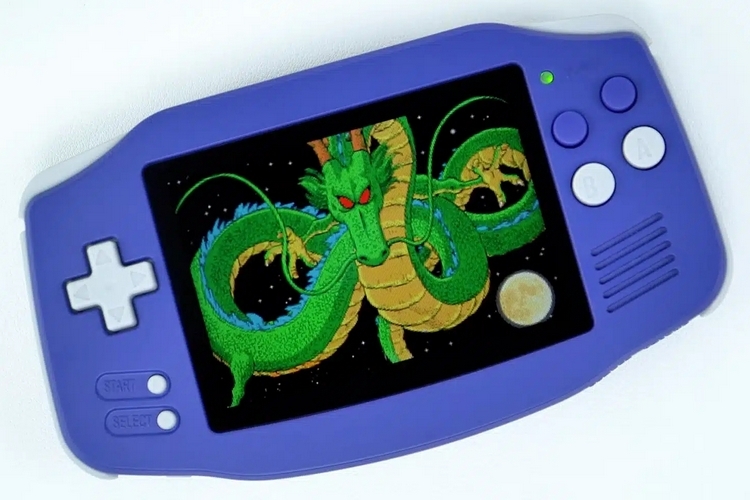
Meta’s Ray Ban smart glasses have sold around two million units since its launch in 2023. Apparently, that’s encouraging enough that the outfit partnered with Oakley to release a whole new lineup earlier this year, while several established tech companies are now reportedly set to enter the nascent category. One of them just dropped now with the announcement of the HTC Vive Eagle.
That’s right, HTC is taking a break from VR headsets to create these smart glasses and it’s looking like a solid competitor to Meta’s offerings. Whether you want smart glasses for hands-free video recording, open-ear music playback, or on-the-go access to your favorite AI, this thing delivers it in a sleek and lightweight wearable.

The HTC Vive Eagle is equipped with a 12MP ultrawide camera on the left side of the frame that you can use to take photos and record 3K videos (1512 x 2016 pixels) on the fly. You can use voice commands to take photos, but you’ll need to press the Capture button in order to start recording a video. Any time you take a photo, by the way, an indicator LED on the right side will glow so you can’t be sly about it. The same indicator lights up, as well, when you start recording a video. It has open-ear speakers on each temple arm, so you can listen to music without having to wear headphones
There’s a built-in four-mic array, of course, which will allow you to issue commands to the integrated AI. It supports both Google Gemini and ChatGPT, as well, so you can use your preferred AI to answer queries and carry out your instructions. There’s 32GB of onboard storage for your photos and videos, as well as a 235mAh battery that’s rated for around eight hours of moderate use between charges. It also comes with a charging case that can extend the runtime by a full 48 hours.

So what can the HTC Vive Eagle do? Aside from taking photos, recording videos, and playing music, it can use vision AI to translate foreign texts to your native language, so you can just look at a sign while you’re in a foreign country and immediately find out what it means. Do note, it only supports 13 languages as of now, namely Arabic, Traditional Chinese, English, French, German, Greek, Italian, Japanese, Portuguese, Spanish, Korean, Thai, andTurkish. It can log all sorts of things it sees with the camera, allowing it to remember peoples names, parking spots, and more. Basically, you can show it your shopping list and have it dictate it back to you once you’re in the grocery. It can, basically, replace your traditional smart assistant, as it’s able to connect to your phone to check your calendar, emails, and more, so you can have any information you need on the fly.


The frames themselves look pretty sleek, albeit with the same thick temple arms that are common in the category since that’s where all the electronics are bundled. Other features include a light weight of just 49 grams, Zeiss UV400 lenses, IP54 water-resistance rating, Wi-Fi 6E, and Bluetooth 5.3 connectivity.
The HTC Vive Eagle is currently only available in Taiwan, priced at around $520.



